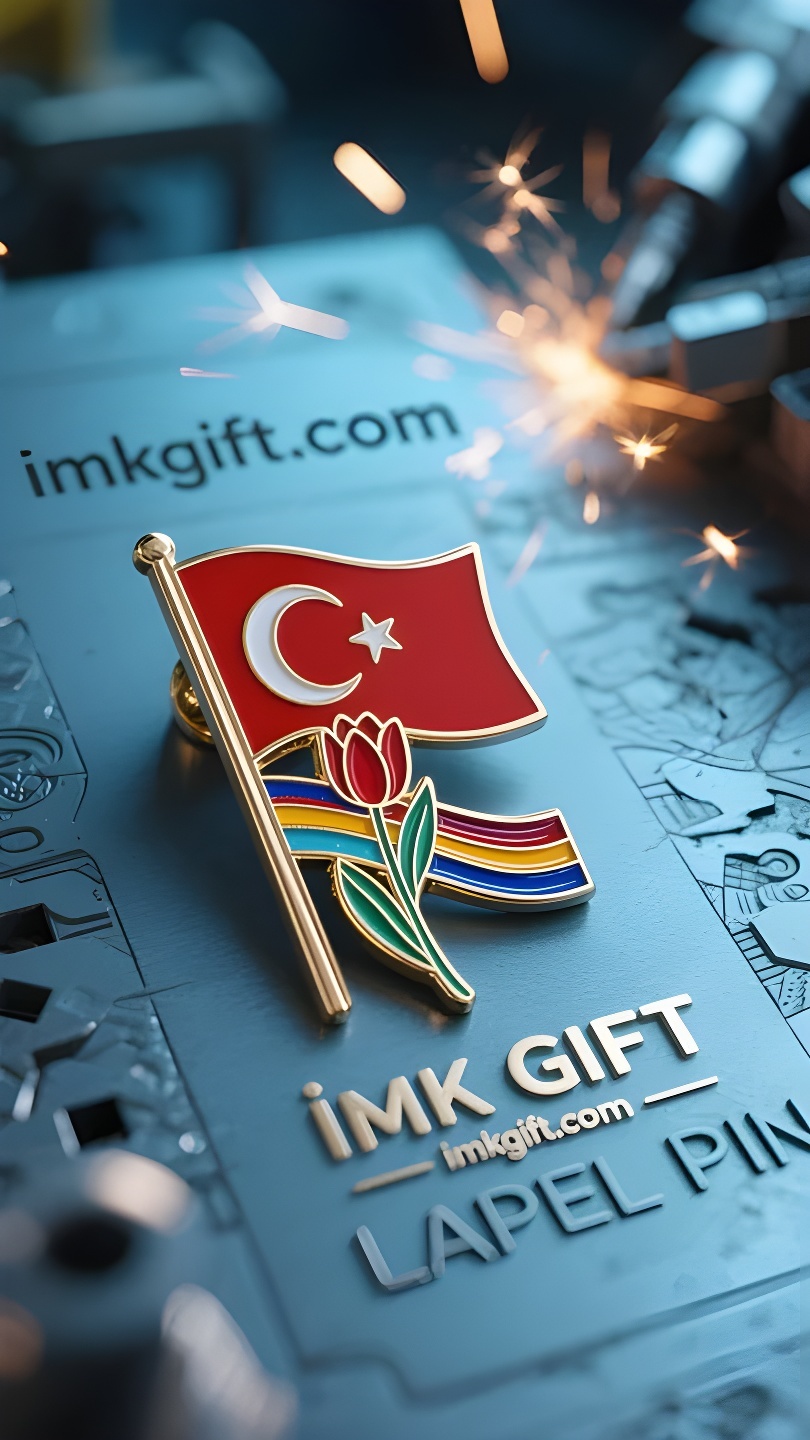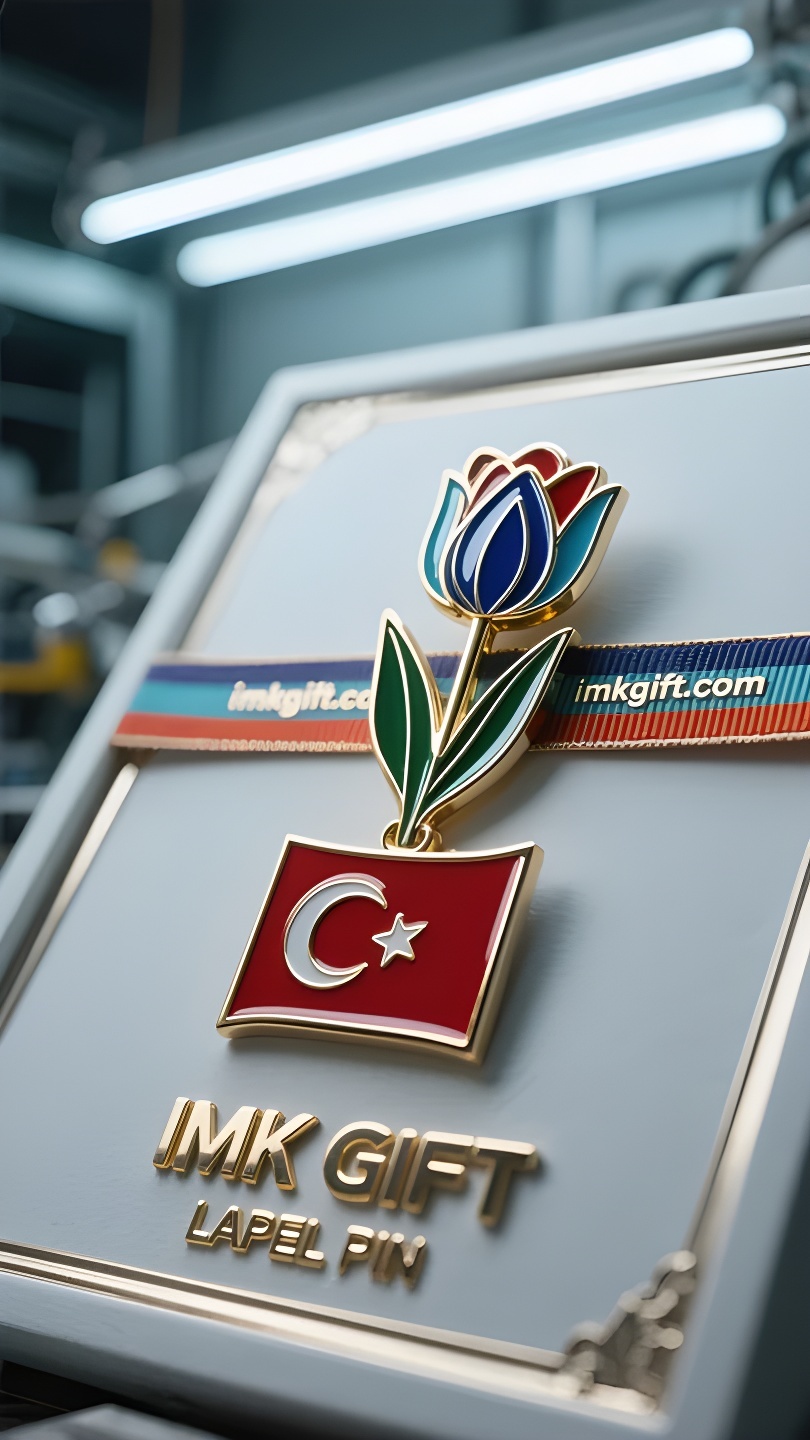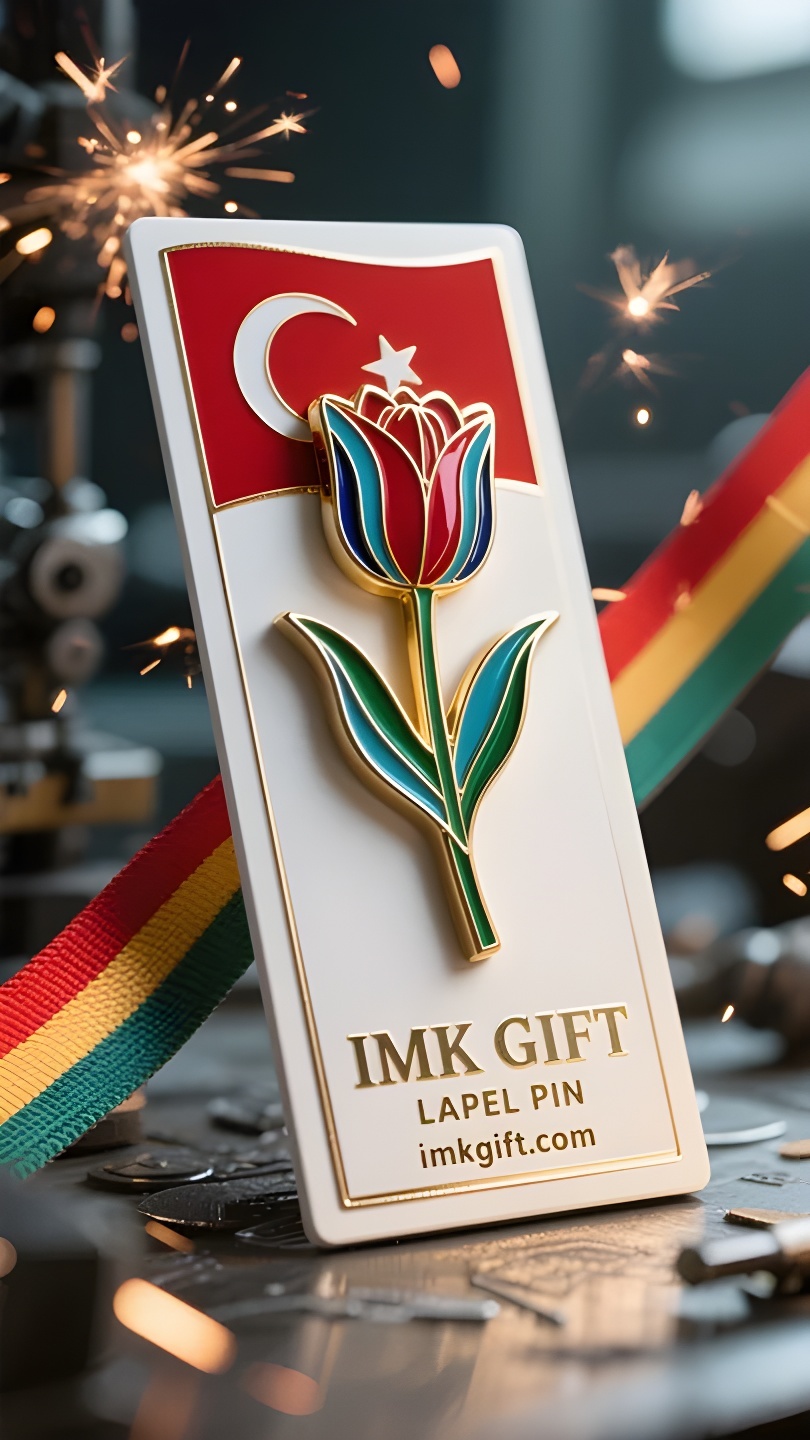in987-Kırmızı-ve-Altın-Saat-Yıldızlar-ve-Ay-Altında-Miras-Sözü
▼
Nisan ayında İstanbul’da Lale Festivali tüm hızıyla sürüyor. Sabahın ilk ışıkları Boğaz’ın sisini deldiğinde, sayısız insan gözlerini rüzgarda dalgalanan yıldızlı ve hilalli kırmızı bayrağa dikti. Osmanlı yiğitlerinin kanıyla boyanan bu kızıl renk, Cumhuriyetin 100. yılında daha da parladı. Sokak satıcılarının elinde dolaşan lale ayraçları, bu toprakların dayanıklılığının öyküsünü bir başka şekilde anlatıyor. Türk bayrağındaki ay-yıldız totemi, Hz. Muhammed’in geceleyin göğe yükselişinde gökyüzünü kaplayan ışıltıyı temsil ediyor ve kaos ortamında yol açma cesaretini simgeliyor. Osmanlı hanedanlığının temel unsuru olan lale, ayraç formunda daha derin bir anlam kazanır: Altı yaprak, Kuran’daki altı inancı ifade eder. Kapalıyken çiçek açmaya hazırlanan tomurcuklar gibidirler, açıldıklarında ise zor zamanlarda umudun yeşereceğini hatırlatan tam bir inanç sistemidirler. Tıpkı lale ayracının bakır kabının, ipek yapraklarını taşıyabilmesi için defalarca cilalanması gerektiği gibi, Türkiye de deprem, enflasyon ve diğer sınavlardan geçmiş ama her zaman başını dik tutmayı başarmıştır. Harabelerin üzerinde dalgalanan ay yıldızlı bayrağın silüeti, ayraçtaki solmayan altın işlemeleri yansıtıyor; ilki milletin omurgasını vurgularken, ikincisi nesilden nesile aktarılan manevi kıvılcımı koruyor. Bu ayracı bir kitabın sayfaları arasından aldığımızda, sadece Osmanlı minyatürünün zarif fırça darbelerine değil, aynı zamanda acıyı toteme dönüştürmüş bir milletin hayatta kalma bilgeliğine de dokunmuş oluyoruz.
In April, the Tulip Festival in Istanbul is in full swing. When the morning light penetrates the mist of the Bosphorus, countless people cast their eyes on the red flag with stars and crescents fluttering in the wind – this red color, stained with the blood of Ottoman soldiers, has become more vivid on the centenary of the Republic. The tulip bookmarks circulating in the hands of street vendors are telling the resilience of this land in another way. The star and crescent totem on the Turkish flag is the glow that cuts through the sky when the Prophet Muhammad ascended to heaven at night, symbolizing the courage to open up a path in chaos. As the core element of the Ottoman royal coat of arms, the tulip is given a deeper meaning in its bookmark form: the six petals correspond to the six beliefs in the Koran. When closed, they are like buds waiting to bloom, and when opened, they are a complete belief system, reminding people that hope will eventually bloom in difficult times. Just as the copper receptacle of the tulip bookmark needs to be repeatedly polished to hold up the silk petals, Türkiye has always held its head high despite the tests of earthquakes and inflation. The figure of the crescent-star flag fluttering on the ruins reflects the never-fading gold thread embroidery in the bookmark – the former highlights the backbone of the nation, while the latter seals the spiritual fire passed down from generation to generation. When we pick up this bookmark between the pages of the book, we touch not only the exquisite brushwork of the Ottoman miniature painting, but also the survival wisdom of a nation that has tempered suffering into a totem.
四月的伊斯坦布尔,郁金香节如火如荼展开。当晨曦穿透博斯普鲁斯海峡的薄雾,无数人将目光投向随风飘扬的星月红旗——这抹由奥斯曼战士鲜血浸染的红色,在共和国百年之际愈发鲜艳。而街边小贩手中流转的郁金香书签,正以另一种方式讲述着这片土地的韧性。
土耳其国旗的星月图腾,是先知穆罕默德夜行登霄时划破天际的辉光,象征着在混沌中开辟道路的勇气。而郁金香作为奥斯曼皇室纹章的核心元素,其书签形态被赋予更深寓意:六枚花瓣对应《古兰经》六信,闭合时如待放的花苞,展开后则是完整的信仰体系,提醒人们在困境中保持希望终会绽放。
正如郁金香书签的铜质花托需要反复打磨才能托起丝绸花瓣,土耳其历经地震、通胀等考验却始终昂首。星月旗在废墟上飘扬的身影,与书签里永不褪色的金线刺绣互为映照——前者彰显着民族的脊梁,后者则封存着代代相传的精神火种。当我们在书页间拾起这枚书签,触碰的不仅是奥斯曼细密画的精妙笔触,更是一个民族将苦难淬炼为图腾的生存智慧。
▼
Contact Us
📞 Tel: +0086-760-85286839
📧 Email: sales3@imkgift.com








